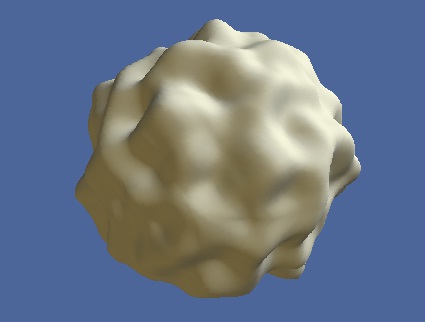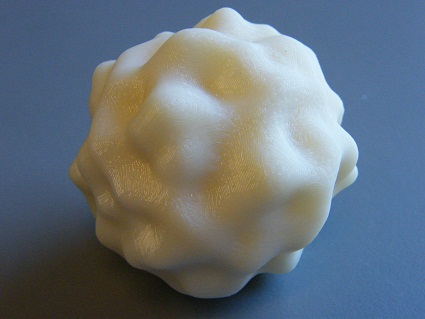Last night I went with some friends to see the magnificent fireworks over the Hudson River in New York City in celebration of Independence Day. There was a huge crowd of people, every one of whom had walked over to the extreme West Side of Manhattan. As the time of the free show approached, the crowd gradually grew in number until it formed a cheerful packed throng looking out over the river, joyful in expectation.
When the fireworks at last began, they were magnificent, spectacular, at some points merely beautiful and at other moments truly transcendent. The effects ran the gamut from a haunting ghostly weeping willow in the sky to a trick rocket that exploded into a huge, perfectly formed smiley face, like a Hallmark card from God.
The one odd note — to me at least — came with the realization that once the fireworks began I found myself surrounded by thousands upon thousands of upraised smart phones, all pointed at the sky, their owners staring intently into little screens that glowed in the dark like so many strangely rectangular fireflies.
Here we were, at an event whose sole purpose was to be immense, overwhelming, a physical expression of celebration in the open air, framed majestically by the vast overhead dome of night sky, and these people were all missing it. Instead of looking at the show itself, each of these people’s eyes were glued to a tiny screen, perhaps two by three inches, with a little washed out low resolution version of the awesome experience that was happening — really happening — all about them.
What was going on here? I found myself trying to figure this out. Perhaps each of these people loved some special person in another part of the world with such a depth of passion that they were willing to forego the wondrous experience of their own senses — this magnificent display of pyrotechnical wonder arrayed before them — just to send a crappy low res video of the event to their far away loved one.
But somehow I doubt that’s what was going on.
Or perhaps they were all acting out of a sense of personal civic responsibility. Perhaps, they thought, if they didn’t capture this moment, with their own tiny little cell phone cameras, then the memory of these fireworks would be lost to the world forever, and future generations would be denied knowledge of all that had transpired this night.
But somehow I doubt that one too.
So what the hell was going on here? What were all these people thinking? Have we really gotten to the point where people have become so dependent on their tiny cell phone screens that they can’t even see something as immediate and breathtaking as fireworks without them? Have we really lost all sense of wonder?


